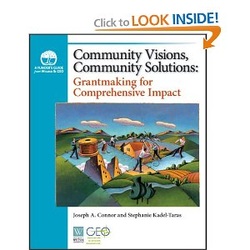
In a recent discussion with Tamarack Institute in Canada, they referenced a briefing paper by Geo Partners which made a series of recommendations to funders regarding their involvement in collective impact efforts. They were broken down into three sections: starting off strong, bringing the right people to the table at the right time, and implementing smartly. Keys to starting off strong include:
- Make sure the goals and purpose for convening are clear
- figure out what role you will play
- think of progress incrementally
- be sensitive to the big picture of context and timing
I would add a fifth: their grants can set the agenda for how issues will be addressed within a community. The requirements that funders attach to their grants can have a significant effect on the way grantees address a problem. We gave an example of how two funders, tackling the same problem with different requirements, elicited very different -- nearly opposite -- responses from their respective communities. With nearly as divergent results in solving the problem being addressed.
Our Working Differently experience in achieving community outcomes has almost always found funders collegial and intrigued, but also reticent to fully engage (certainly as a group). More often we see one or two funders around the table and that "checks the box" for funder participation. It would be like in an effort to improve early childhood outcomes to be engaged with just a couple of the broad diversity of early childhood centers or schools in a community.
Where we have seen the most success is where there is clear intentionality on engaging the funder community as there is in engaging any other sector of the community. Communities often find that they have as many misperceptions about funder roles and motivations as they do about any "new" partner. As with any community collaborative engagement, you are not gonna get all of any sector from the beginning, but that doesn't mean you don't constantly evaluate yourselves on your outcomes of increasing funder participation over time.
The two cross-currents or "Traps" you are risking by not being intentional in broader funder engagement are: (1) an ownership risk (which I'll talk more about in a future blog) but for purposes here the risk simply stated is that the engagement of a single funder could give the impression that that one funder "owns the process" which we've seen as having on-going negative ramifications to engagement across your community; and (2) the narrowing of funding requirements, that I touched on above, which affect results.
To be tweeted links to my new posts -- blog, book reviews (both nonfiction and fiction), data or other recommended tools -- either go to Twitter.com and follow me @jcrubicon, or just go to my Home page and click on the Twitter button on the right, just above the tweet stream, and follow me @jcrubicon.

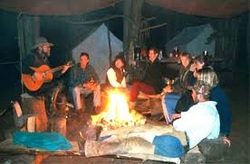

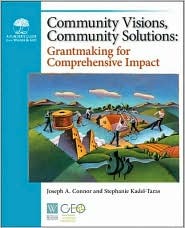
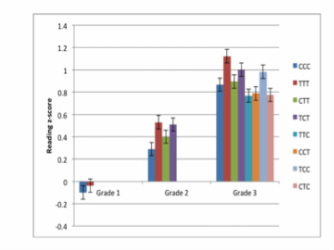
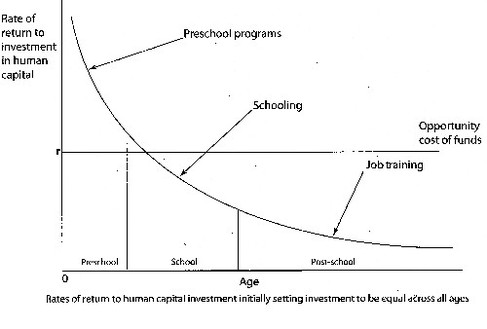

 RSS Feed
RSS Feed
